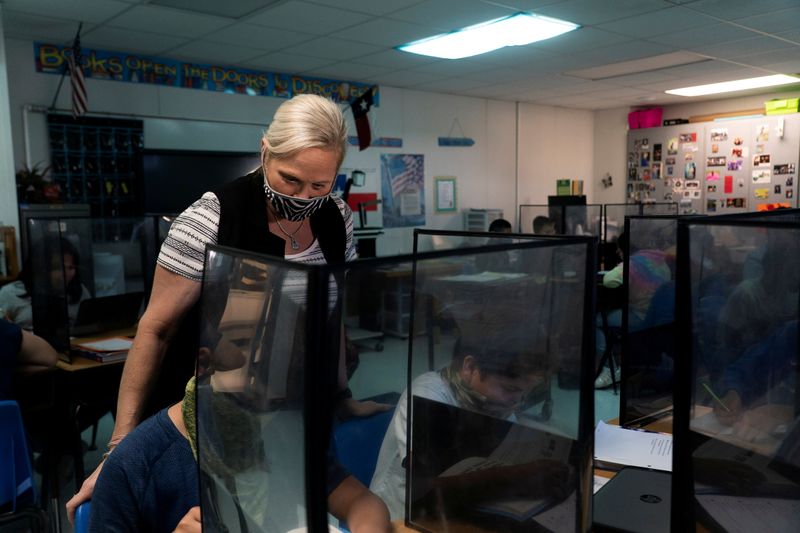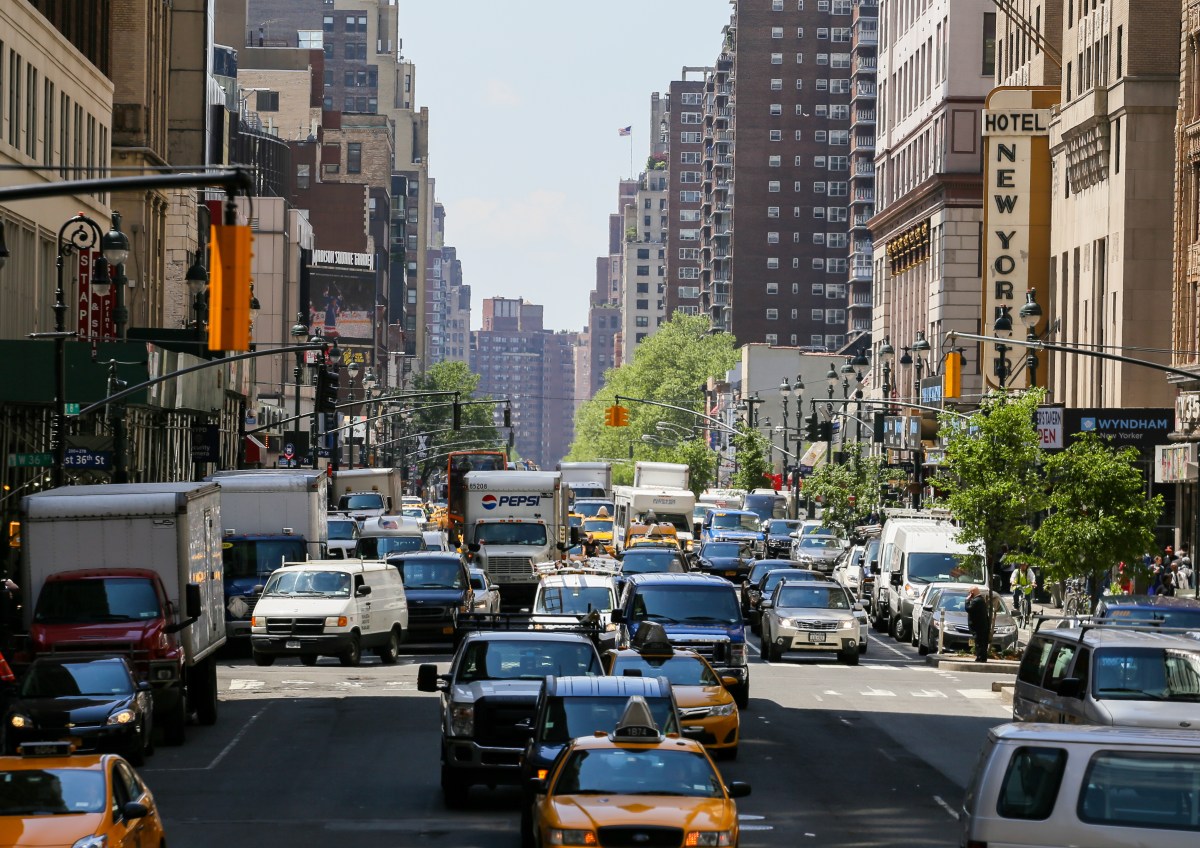(Reuters) – Shortly before school began in September, administrators in Schenectady, New York, laid off more than 400 teachers, aides and other employees — roughly one out of every five school workers.
Now teachers in this aging industrial city outside Albany must handle classes of up to 32 students, with few aides to help. Pre-kindergarten has been canceled and high school is taught entirely online. A support program for kids who often come to school hungry and unwashed has been eliminated.
“Our poor kids are suffering, and we really don’t know who to blame,” said Carol Mould, who quit her job as a nurse to supervise her 6-year old and 9-year-old boys.
With budgets battered by the coronavirus pandemic, state and local governments across the United States have laid off nearly 700,000 workers this year, according to U.S. government data, equal to 8.4% of the workforce. Advocates warn that Schenectady’s experience could become commonplace if Washington does not provide more help.
“Some people say that maybe we’re just the canary in the coal mine,” said schools Superintendent Aaron Bochniak.
Congress approved $280 billion in state and local aid in March, but has been deadlocked since then, with some Republicans objecting to aid for what they view as free-spending local and state governments. Lawmakers are scrambling to pass some form of coronavirus stimulus in a year-end spending package, though it is not clear if it will include school aid.
Declining tax revenues and additional costs due to the pandemic, such as buying laptops for students who need them to work from home, will amount to a nationwide educational shortfall of up to $246 billion, or 18% of projected spending, over the next two years, according to Michael Griffith, a senior researcher at the Learning Policy Institute.
RAINY-DAY FUNDS RUNNING DRY
States have been able to cover much of the gap so far by tapping rainy-day funds using onetime budget maneuvers. That probably won’t be possible next year.
“Everything you can do to cushion the blow as a state has been done at this point,” Griffith said.
At least 14 states cut education spending this year in response to the COVID-19 crisis, according to the National Conference of State Legislatures.
Some communities, like Littleton, Colorado, voted to raise property taxes to offset state cuts. Others, from Vancouver, Washington to Frederick County, Maryland, have handed out hundreds of pink slips.
In New York, the state government reduced school payments by 20% in July, August and September, and warned it might have to extend those cuts through the school year. So far, it has not done so.
Because that aid is tilted toward poorer schools, affluent areas have been less affected.
The whiter, wealthier suburbs outside Schenectady boosted school budgets by 2% over the summer, in line with previous years.
In Schenectady, a former manufacturing hub of 66,000 people, the city government raised property taxes and trash-collection fees. The school board laid off 423 teachers, janitors and other workers.
Many students were already struggling before the pandemic. Only 16% of grade schoolers were found to be proficient in math in 2019, one-third the statewide average.
State aid accounts for 69% of the school budget, and officials decided they needed to slash costs immediately.
Layoffs fell most heavily on the social workers and teachers’ aides who had been hired to support students who were struggling with academic or behavior problems — a reflection, educators say, of difficult home lives in a city where nearly one in five households lives in poverty.
Those students are now more likely to fall behind, officials say. “It’s an awful thing as a school community to grapple and deal with,” said Bochniak, the superintendent.
Because state aid is partially determined by a district’s overall budget, this year’s could lead to lower levels of state aid for years to come.
In Schenectady, those laid off in September are trying to move on with their lives. Social worker Lindsey Esposito has found work elsewhere, but says she worries that her former students are not getting the help they need.
“These kids are struggling. They were struggling before COVID, and everybody looks past them,” she said. “You get frustrated about it, but you just figure you’ve got to move on.”
(Reporting by Andy Sullivan; editing by Jonathan Oatis)






















